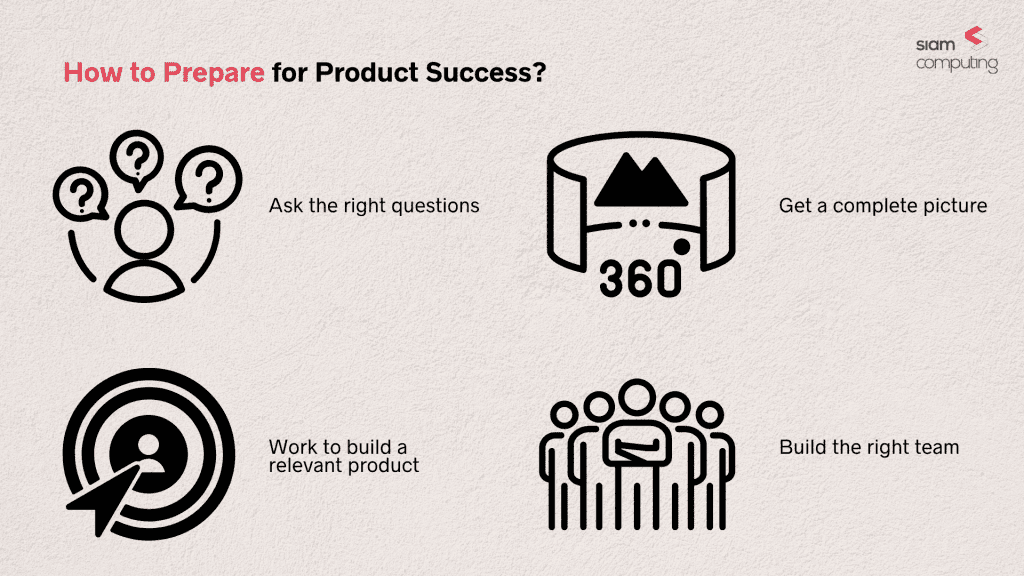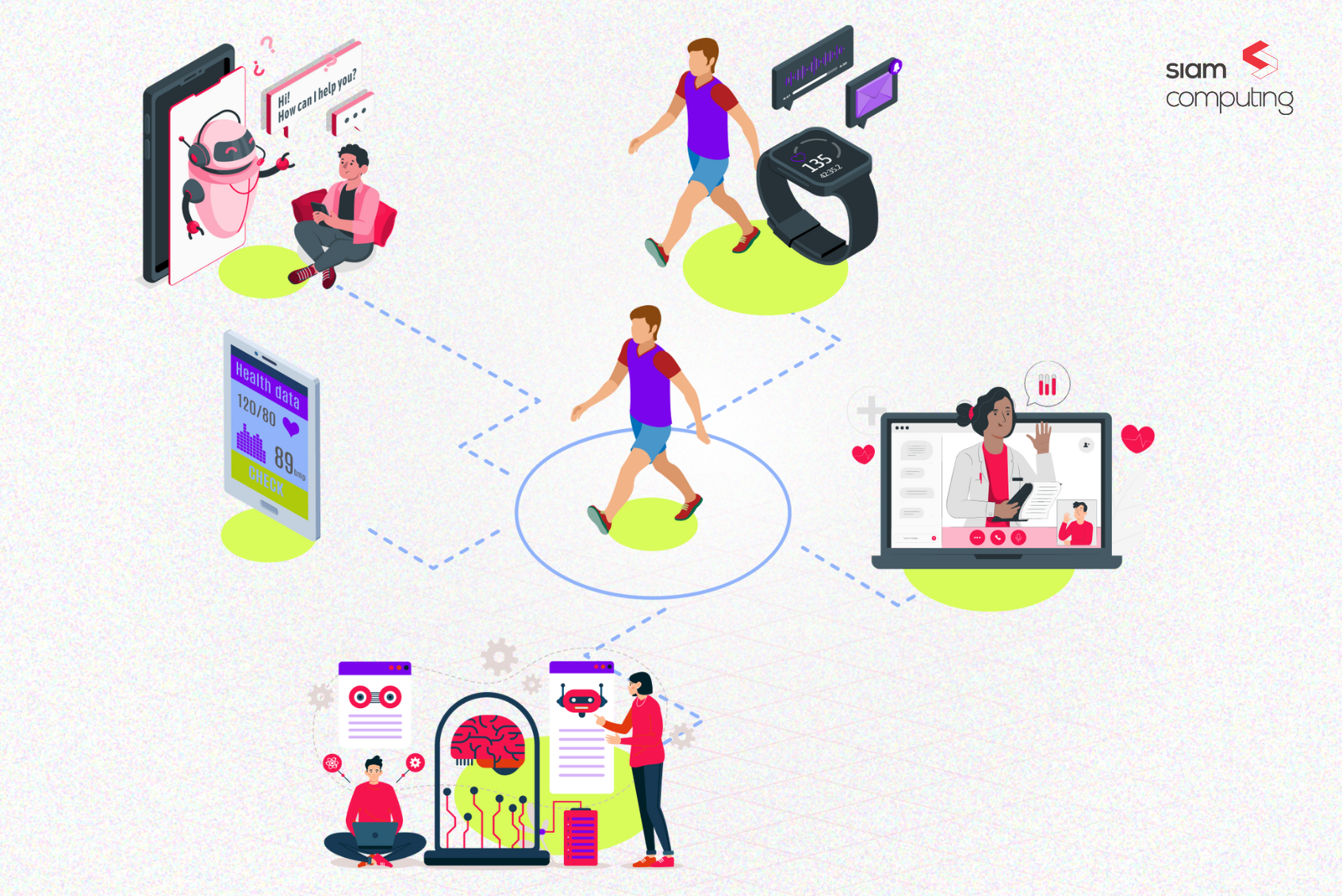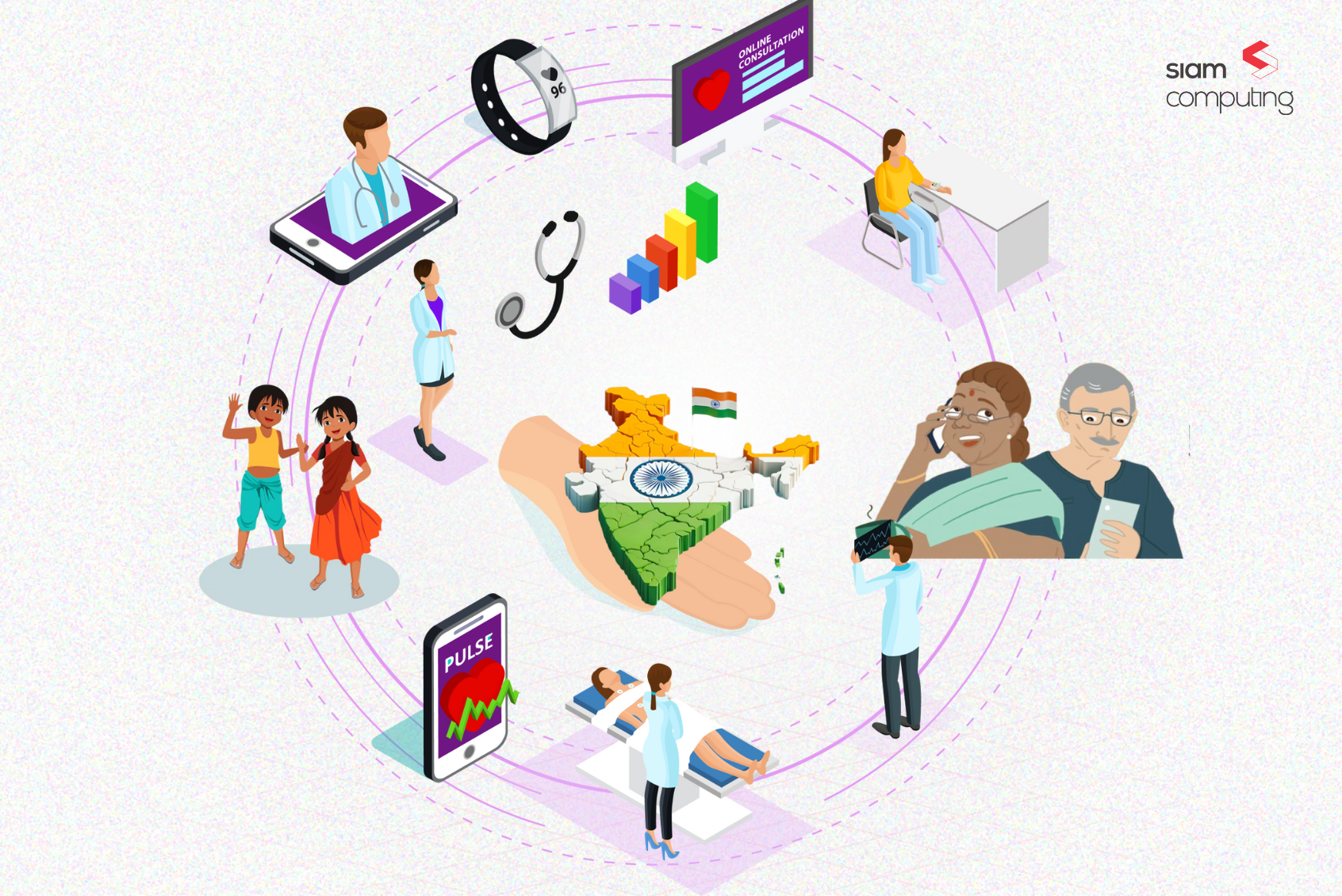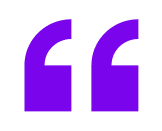As product builders, our mission for each product we design and develop naturally revolves around making it a success. At Siam Computing, with over a decade of experience creating products that meet and exceed customer expectations, we have gained a deep understanding of the key elements that determine why some products succeed and why some fail.
Having previously explored the reasons why products fail, in this article, we decided to shift our focus to the key elements that lead to a product’s success.
How to prepare for product success?
If you are in the early stages of product development, it can be challenging to distinguish between the priorities that appear crucial but may not actually contribute to the success of your product. Like OpenAI Sam Altman famously stated, “Until you build a great product, almost nothing else matters.”
Here is a list of priorities for founders to ensure that they focus on what really matters in the early stages of building a successful product.
1. Ask the right questions
The difference between an average and a great product is knowing who you’re building it for, what they need, how to validate your idea or solution, and so on. During the early stages of product development, you need to think about building your product only after you’ve made sense of these initial first questions.
2. Get the complete picture
You need a well-defined product strategy and a clear product roadmap to avoid burning a lot of money before you generate profit. This complete picture will help you figure out what to build and when, identify key problems, understand your users, the competitive landscape and market size, and put down key assumptions to be validated before you build your product.
3. Work to build a relevant product
Studying your user’s needs vis-a-vis the current market solutions will help build a relevant product. This will also help you work towards a unique product offering after studying the approach taken by existing market solutions to solve your user’s problems.
4. Build the right team
In the early stages of your startup, you are likely to be juggling several roles. However, once you start building your team, you need to prioritize your startup’s needs and then make hiring decisions based on which professional’s expertise can help you the most.

Qualities of a Great Product
A lot goes into the making of great products. Think of any product that made its mark on you and then narrow down on what makes it great. Take Apple products for instance. Despite being more expensive than other market offerings, Apple products thrive on delivering great user experience. Let’s take a look at some qualities that makes products great.
1. Solid Value Proposition
Great products directly address user needs. No one would want a product that cannot add any value to their lives. Think of what Uber, Dunzo, and Duolingo have in common. It’s the need of consumers to get cabs, get household chores done, and learn new languages easily.
2. Scalability
Product scalability is catering to all your existing customers while taking in new customers with the capacity to deliver a solution to both segments. A great product is one that has minimal or no cost per additional user.
3. Ease of communicating their value
Products like Wordle that spread like wildfire probably had this ease of letting everyone, be it a teenager or their grandparents, know that there was a word game tricking your senses in a good way by getting you involved with its competitive spree, but still not making you addicted to it as it can be played just once a day.
4. Word-of-mouth recommendations
In today’s digital age, Wordle benefitted from players sharing about the apps with their friends and peers through social media and also through word-of-mouth promotions. If your users are talking about your products, it’s an indication of your product’s success. That’s why Sam Altman says in his book How to Start A Startup, “One way you know when this is working, is that you’ll get growth by word of mouth.”
5. Ability to generate virtuous circles
Swiggy has shown its ability to generate virtuous circles by making its offering more valuable to users. What started as a food delivery service later came up with Instamart to make grocery shopping easier, and later included provisions to make the food delivery experience more accommodative based on who was collecting it, be it senior citizens or patients.
6. Multifunctional
It’s great to have a product that answers your user’s needs. But needs, by nature, evolve over time, and so must your product by being multifunctional. Great products offer more functionality in addition to their primary focus, just as we discussed Swiggy in the previous point. Not only did its multifunctional approach address evolving needs, but it also helped set its offering apart from the other food delivery apps in a highly competitive market.
7. Ease of use
At the end of the day, it’s all about user experience. Great products don’t require a user guide. They are great by virtue of enabling users to instinctively figure out how to use them. A great product will make the average user feel tech-savvy as opposed to a tech-nerd feeling great in discovering the layers of complexity it has to offer.
Essential Factors that Determine Product Success
Successful products are the life of any product business. Without them, not only does the business reach a stage of stagnancy, but also the ecosystem that houses them and the quality of life we strive so hard to achieve. Having discussed what great products look like, we’ll now discuss a few factors that go into the making of successful products:
1. User-centric approach
Your product is made for its end user and its success depends on how it is designed keeping the end user at the center of everything you do. Empathizing with the user will help you understand exactly what their pain points are, so you can do everything right for the user from the very outset.
2. Product Mindset
To look at every stage of product development through the user’s lens and to evolve in catering to changing needs relies on you having a product mindset. As opposed to a project mindset, this is an ongoing endeavor and a never-ending task for your teams because there’s equally more to do after the product has been shipped to the market.
3. Product launch
The quest for making successful products continues beyond engineering and developing them. It extends to positioning them in the intended market amidst all other offerings in such a way that their unique value proposition stands out vis-a-vis other products. A successful product launch also helps your customers see that you’ve built something keeping their needs in mind.
4. Adapting to customer feedback
And we say not just once, but always. Every iteration of your product will meet with success only if it adapts to the user’s needs. Gathering customer feedback will help you monitor the interaction customers have with your product and find ways of improvement for them. It also reflects positively on your efforts to drive customer engagement and happiness.
5. On-point messaging
As a product maker, what’s obvious for you is definitely not obvious for your customers. On-point messaging will help you make it obvious to them. The choice of the right marketing channels and messaging framework will help establish resonance with the people for whom your product is made.
6. Value for end-user
The success of a product relies on the value it provides to its end user. Its development is the result of identifying a void in the user’s life and filling it up by improving the quality of life.

What comes in the way of successful products?
The journey of building a product from scratch is definitely not a straightforward one. Rather, it is characterized by more unexpected twists and turns than Harry Potter’s journey to reach The Philosopher’s Stone.
Like the trapdoor Harry had to cross to get to the stone, a lot of things might keep you trapped and prevent you from making a successful product. Here are some of them:
1. Not doing enough market research
It’s important to know the context for your product and what your competitors are offering to your target users for the problem you’re looking to solve.
2. Not solving a problem
It’s as simple as why would you use anything if it doesn’t do anything for you? Be it your AC, laptop, or your Uber app. Does anyone remember Google Glass?
3. Poor user experience
UX makes or breaks your product. We need to ensure that users find value in the time they spend on our products rather than be anxious about using them. This is the prime reason for the failure of the HP Touchpad with its numerous bugs and a clunky OS which even its slashed prices couldn’t redeem.
4. The gap between product price and value
Users should be willing to pay for your product given it provides them adequate value. Again, that’s what Apple does with its smartphones. But remember the Amazon Fire Phone? Being priced on the higher side, it failed to provide value in equal terms.
5. No innovation
It goes without saying that your product must be unique in its offering, lest it may fail as a result of being just another market entrant. If it does exactly what other products do, there’s no way users would pick your product over them.
Final Thoughts
The product world is full of uncertainties. Every stage has its way of turning up in unexpected twists and turns. However, one certain thing that remains true is working with the right mindset and the correct set of priorities will help you avoid failure to a great extent.
At Siam, we believe in doubling up on success by learning from our failures given decade-long product-building experience, and that’s why Product Strategy and Consulting, MVP Development, and Dedicated Product Teams can help you improve your chances of success by leveraging the prior experience of nurturing hundreds of startups. Get in touch with us today!








